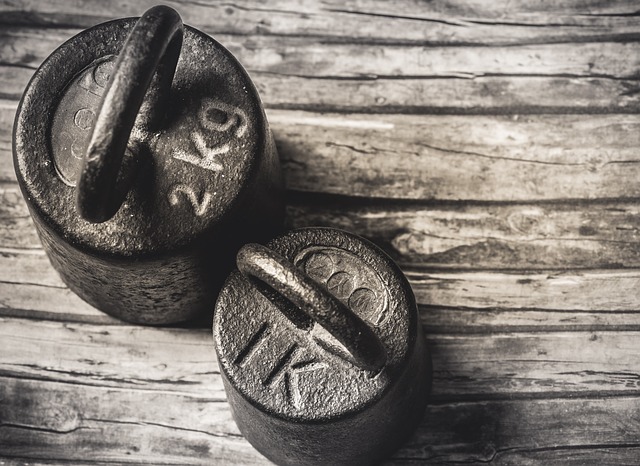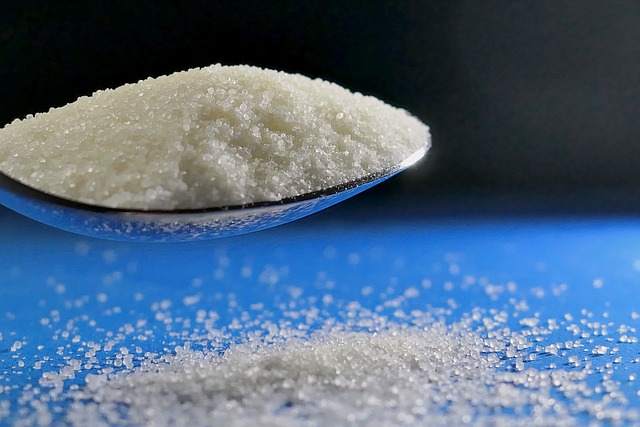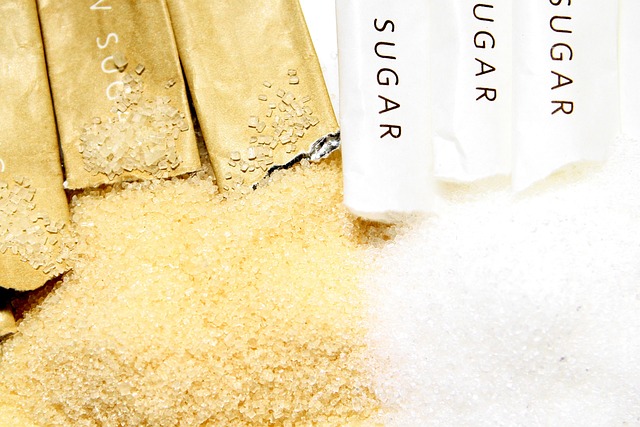A mixture of a solute (the material being dissolved) and a solvent (the material causing the dissolution) is called as a solution. A solution’s concentration indicates how much solute is contained in a specific volume of solvent or solution. It is a vital idea, because it clarifies the solution’s strength and weakness, whether it is concentrated or diluted, and how it reacts to different chemicals.
1.Mass Percentage (Weight Percentage)
The mass of the solute in a specific mass of solution is indicated by the mass percentage, often known as the weight percentage. A percentage is used to express it.
Formula:
Mass % = Mass of solute / Mass of solution ×100
If we dissolve 10 grams of salt in 90 grams of water, the total mass of the solution is 100 grams. The mass percentage of salt is:
Mass % of salt = 10 /100 × 100 = 10%

Expressing Concentration of Solutions
2. Molarity (M)
Molarity is one of the most commonly used ways to express the concentration of a solution. It tells us how many moles of solute are present in one liter of solution.
Formula:
Molarity (M) = Number of moles of solute / Volume of solution in liters
Molarity is important because it helps in determining how much of a substance is present in a solution, which is vital for chemical reactions.
If we dissolve 1 mole of sodium chloride (NaCl) in 1 liter of water, the molarity of the solution is:
Molarity = 1 mol / 1 L = 1 M
If the amount of solute increases or the volume of solvent decreases, the molarity increases, making the solution more concentrated.

3. Molality (m)
Molality is similar to molarity but instead of using the volume of the solution, it uses the mass of the solvent. This is useful when temperature changes because volume can change with temperature, but the mass of the solvent remains constant.
.
Formula:
Molality (m) = Number of moles of solute / Mass of solvent in kilograms
If we dissolve 2 moles of glucose (C₆H₁₂O₆) in 1 kg of water, the molality is:
Molality = 2 mol / 1 kg = 2 m

4. Normality (N)
Normality is another unit used to express concentration, particularly for acid-base reactions. It measures the number of equivalent weights of solute in a liter of solution. It’s often used in titrations and for solutions involved in redox reactions.
Formula:
Normality (N) = Number of equivalent weights of solute / Volume of solution in liters
For example, a 1 N solution of hydrochloric acid (HCl) contains 1 equivalent of HCl per liter of solution. If the solution is 0.5 M, it would be 0.5 N for monoprotic acids (A monoprotic acid is an acid that will only donate one proton, as mono means one.
A monoprotic acid may have only one hydrogen ion, or it may have more than one. Regardless, only one will be donated in a reaction.), as it donates one proton (H⁺) per molecule.
5. Parts per Million (ppm) and Parts per Billion (ppb)
Units like ppm and ppb are frequently used when working with extremely diluted solutions. Particularly in environmental chemistry, where the solute may be present in trace levels, these units are employed to express extremely low concentrations.
Parts per million (ppm): Represents the mass of solute per million parts of solution. 1 ppm is equivalent to 1 mg of solute in 1 liter of water.
Parts per billion (ppb): Represents the mass of solute per billion parts of solution. 1 ppb is equivalent to 1 microgram of solute in 1 liter of solution.
6. Volume Percentage
This method is used when both the solute and solvent are liquids. Volume percentage expresses the volume of solute in 100 mL of solution.
Formula:
Volume % = Volume of solute / Volume of solution × 100
If we have 20 mL of ethanol dissolved in 80 mL of water, the volume percentage of ethanol is:
Volume % of ethanol = 20 / 100 × 100 = 20%
Note
The behavior of solutions and carrying out precise chemical reactions depend on being able to express their concentration. How to compute concentration aids in decision-making, whether we are working in a lab or handling solutions in daily life.
Mass percentage, molarity, molality, normalcy, parts per million, and volume percentage are the most often used methods for expressing concentration, and each is appropriate for a particular solution type and circumstance.
The quantity of moles of solute dissolved in one liter of solution is known as molarity (M). Because the volume of the solution can expand or contract, temperature variations have an impact on it. In contrast, molality (m) is the quantity of solute in moles per kilogram of solvent. Temperature has no effect on molality because the solvent’s mass doesn’t change.
To calculate the molarity (M) of a solution, use the formula:
M = Number of moles of solute / Volume of solution in liters
For example, if we dissolve 2 moles of sodium chloride in 2 liters of water, the molarity would be: M = 2 mol / 2 L = 1 M
Mass percentage (or weight percentage) is the mass of the solute in 100 grams of solution. It is calculated using the formula:
Mass % = Mass of solute / Mass of solution ×100
If we dissolve 10 grams of salt in 90 grams of water, the mass percentage of salt is 10%.
The concentration of a solution is expressed in terms of equivalent solute weights using normality (N). It is especially vital in redox and acid-base processes, where the quantity of reactive units (such as electrons in redox reactions or H+ ions in acids) must be taken into account. The normalcy formula is:
N = Equivalent weight of solute / Volume of solution in liters
Volume percentage expresses the volume of solute present in 100 mL of solution. It is calculated using the formula:
Volume % = Volume of solute / Volume of solution ×100
If we mix 20 mL of ethanol with 80 mL of water, the volume percentage of ethanol is 20%.
PPM and PPB are used to express very dilute concentrations, often for substances that are present in trace amounts, such as pollutants in water or air.
1 ppm = 1 mg of solute in 1 liter of solution.
1 ppb = 1 µg of solute in 1 liter of solution.
These units are useful in environmental chemistry and when dealing with very small concentrations of substances.